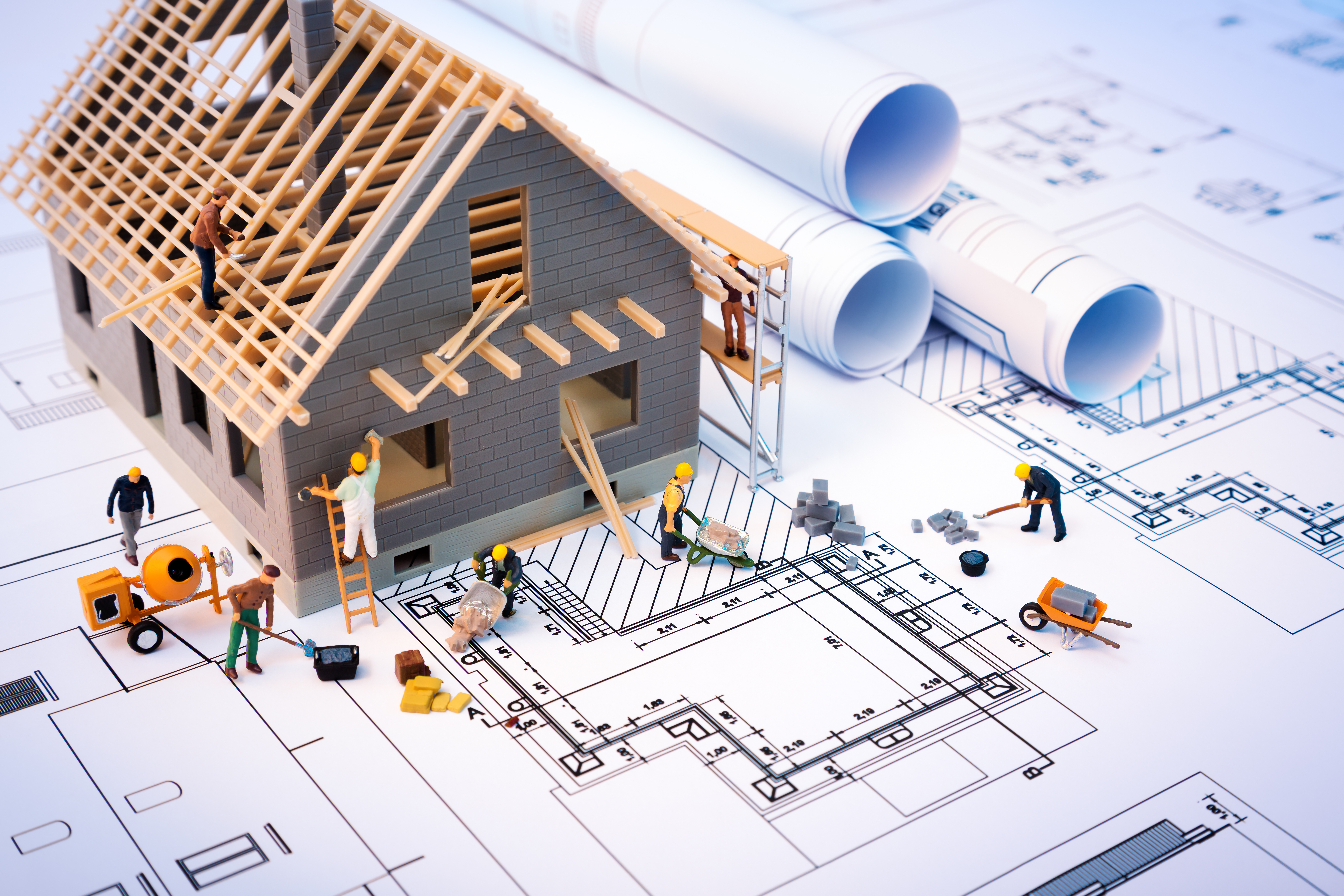Setting up the Project for the Next Subcontractor in Line

Construction projects are a combination of several contractors bringing their skill sets together to create a final building project. The journey through this process of a general contractor and subcontractors working together is critical when looking at the sequence of tasks each contractor performs.
In many ways, construction projects are like a football team making a play to move the ball forward to the goal line. In football, the quarterback hands the ball to the running back and the line strategically blocks the defense. In construction, the general or site superintendent must communicate a good play in the scheduling. Subcontractors need to know where their scope of work starts and finishes to move the project toward its goal. Let's look at some examples.
- The surveyor must establish clear elevations and reference points for the excavator to dig the foundation and the proper offsets for the concrete contractor to pin the foundation in the hole.
- Once the foundation is dug, the excavator needs to make sure the trucks can get around the site to set forms and pour footings or make the accommodations for a pump truck. A proper tracking pad must be installed to eliminate mud from being tracked into the street.
- Backfilling the foundation should create a good staging area to work around the building. Proper grading should drain rainwater away from work areas, so it does not puddle on the site. This makes the site dry faster after a rain. Excess soil should be trucked off site. Topsoil used for final grading should be stored out of the way of any site work or incoming underground utilities with proper erosion control measures in place.
- At this point, an onsite dumpster should be placed for all trades to clean up at the end of each day. A clean job site helps the trades be safer and more efficient and presents a professional image to any onlookers and visitors.
- Many variables play into each project when coordinating each task. Stubbing in the sewer and water before pouring concrete floors is necessary, yet sometimes this may take place before footings are poured. Starting the exterior wall at the electrical service can begin the installation of the service panels and bring the permanent electrical service in earlier.
- The type of building design will determine which trade starts first. Steel stud framing may have to be erected before setting the roof’s bar joist. Masonry walls with beam pockets may need to be built before steel I-beams can be set. Beams and columns may need to be set so knee walls can be built on top of them. Having each subcontractor perform their scope of work properly helps the next subcontractor in line. Avoiding contractors working on top of each other helps the project move forward.
As a general contractor, my company built several buildings that used 16-gauge structural steel studs on the exterior walls. We would assemble and weld these walls up in panels on large steel sawhorses on the site. Every so many feet, per the plan, we would double up a stud where a steel bar joist would sit once our walls were in place. Having the setting plates, we would tack weld them to the top of the wall over each double stud as we were welding up the wall panels on the sawhorses. This saved the steel erector a step and made their job easier. It also lessened the chance of the iron worker knocking the walls out of plumb.
- Some interior mechanicals have less flexibility in how their systems must be installed than others, requiring those mechanicals to be installed first. Plumbing waste piping and sprinkler main runs are usually set first. HVAC ducts follow afterward, yet coordination between each trade is critical. Typically, electrical has the most flexibility, yet challenges can exist at the service panel and fixtures such as lay-in light fixtures.
- Tradespeople trust the work in place before they install the final finishes. The installation of cabinets and doors must rely on plumb walls, straight soffits, and the proper rough openings. Floor finishes rely on the concrete flatwork to be flat and have a good finish surface. Rough-ins of floor drains, waste, water, and electrical are critical for the correct positioning of equipment.
Construction projects are a combination of many skill sets working together as a team. Management is not only looking at the task at hand, but they are also looking at the next step, five steps down the line, and the final project. Hats off to all the talented tradespeople that work together to build America.
An insurance company that cares about you and insuring the things you wish to be insured.
Get a Quote> Find an Agent>

